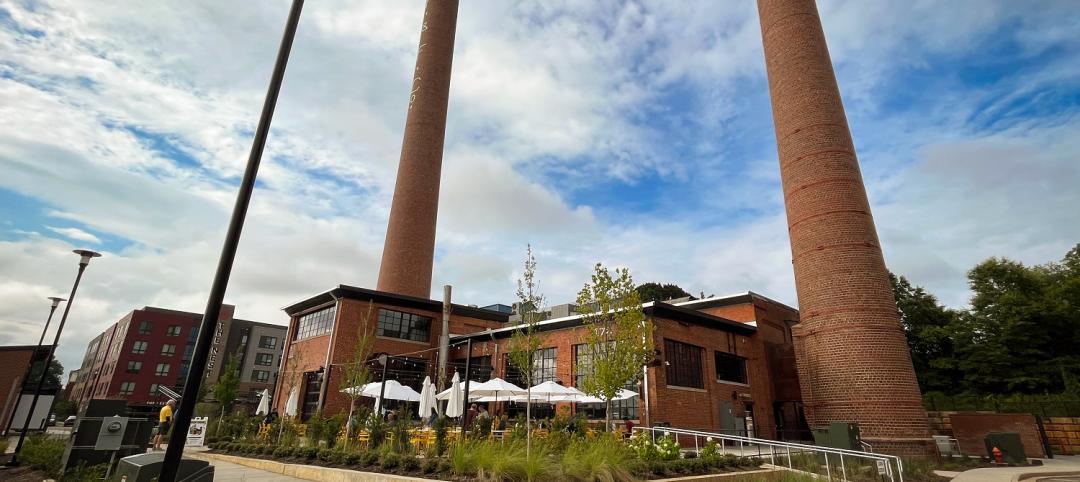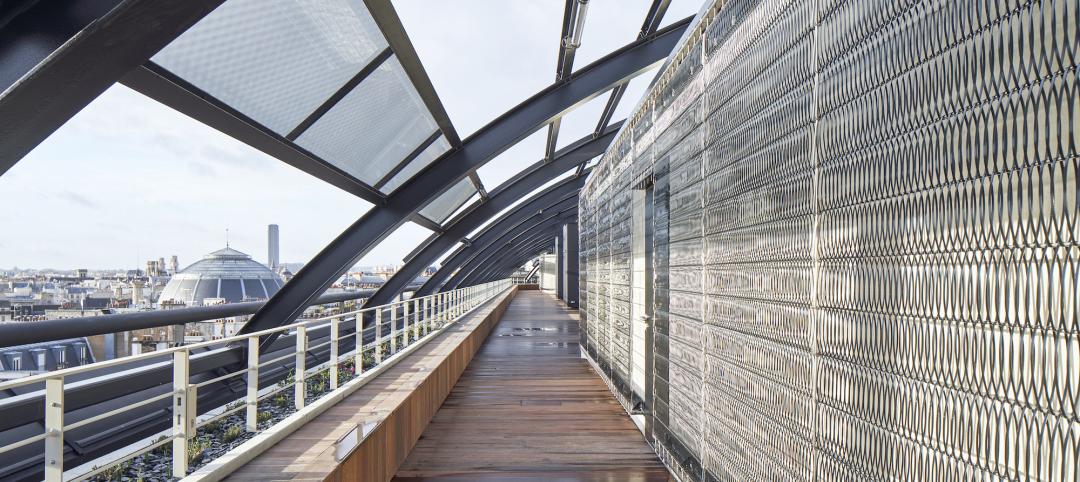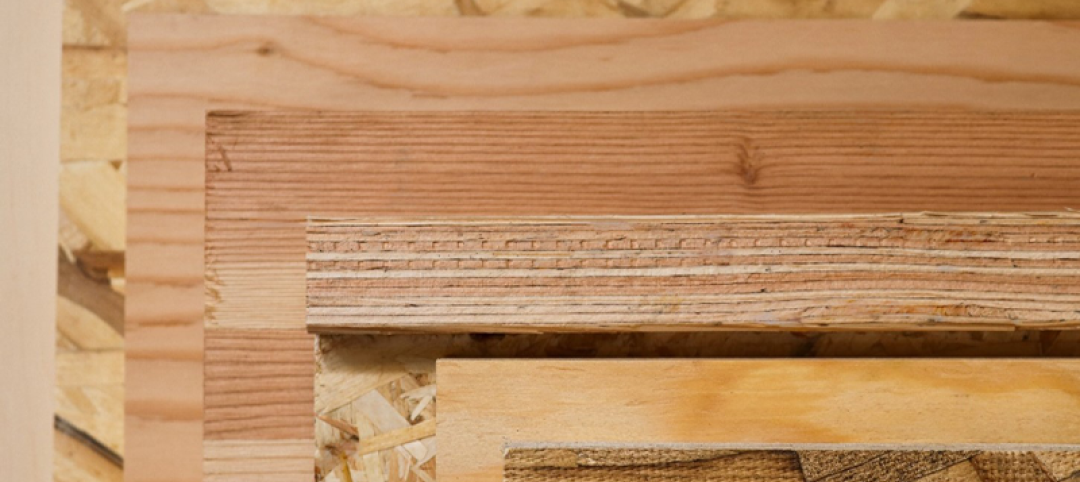Thirty percent. That’s the traditional metric of housing affordability, which holds that housing should cost no more than 30% of a family’s income. By that measure, about 55% of U.S. neighborhoods would be considered “affordable” for the average household.
When you factor in the cost of transportation, however, the percentage of neighborhoods that the typical family can afford falls to 26%, according to the Center for Neighborhood Technology, a nonprofit research group based in Chicago. Transportation is most household’s second-biggest expense, after housing.
The conundrum is that many lower-income families and individuals can’t afford to live in the more desirable areas served by good public transit. They are forced to choose neighborhoods whose housing they can afford, but which have limited transit service, or none at all. As a result, their housing costs may be 30% or less of total income, but the high cost of commuting to work makes their daily living costs unaffordable.
Transit-oriented developments help address this problem. TODs place housing at or near rail and bus service nodes and routes. This can, in many cases, enable lower-income residents to reduce the cost of their commute to work, making their total housing and transportation budget fall more in line with the traditional affordability metric.
Enterprise Community Loan Fund, an affiliate of the nonprofit Enterprise Community Partners, recently closed three deals that will create 462 renovated or newly constructed apartments in neighborhoods served by Denver’s transit system:
- Crosswinds at Arista, a $1.8 million loan to acquire vacant land in Broomfield, with rapid bus routes to Denver and Boulder. Sponsoring developer Gorman & Company plans to develop 159 one-, two-, and three-bedroom affordable apartments.
- Bonsai Apartments, a $2 million loan to acquire a nursery in Sheridan, 10 miles south of Denver, where Medici Development will build 149 new affordable apartments.
- Johnson & Wales Family Housing, a $5 million loan to acquire two student housing buildings on the former Johnson & Wales University campus. Archway Community Investment plans to turn the dorms into 154 affordable rental units. Buses with frequent rush-hour headways go right to downtown Denver.
The deals were financed through the Denver Regional Transit-Oriented Development Fund. Since 2010, the fund, a partnership among state and local housing agencies, banks, philanthropic institutions, and community development financial institutions (like Enterprise Community Loan Fund), has invested $50 million to renovate or build more than 2,000 affordable homes in the seven-county metro area. (All properties must meet Enterprise Green Communities criteria for the affordable housing sector. ) As loans are repaid, the capital goes toward new acquisitions to increase the supply of affordable homes near transit.
Seems like a pretty good model for other metro areas to adopt, don’t you think?
Related Stories
Products and Materials | Sep 29, 2023
Top building products for September 2023
BD+C Editors break down 15 of the top building products this month, from smart light switches to glass wall systems.
Multifamily Housing | Sep 26, 2023
Midwest metros see greatest rent increase in September 2023
While the median monthly price of rent has increased by 0.71% in August, the year-over-year estimates show a national change of -0.06 percent.
Affordable Housing | Sep 25, 2023
3 affordable housing projects that serve as social catalysts
Trish Donnally, Associate Principal, Perkins Eastman, shares insights from three transformative affordable housing projects.
Sponsored | Multifamily Housing | Sep 25, 2023
Six3Tile helps The Sherbert Group bring an abandoned Power House back to life
Cladding and Facade Systems | Sep 22, 2023
5 building façade products for your next multifamily project
A building's façade acts as a first impression of the contents within. For the multifamily sector, they have the potential to draw in tenants on aesthetics alone.
Sponsored | Multifamily Housing | Sep 21, 2023
5 Helpful Resources for Designing & Building with Engineered Wood
From in-depth, technical publications with detailed illustrations and examples to in-person consultations with engineered wood specialists, APA offers a host of helpful resources for commercial designers and installers working with engineered wood.
MFPRO+ Blog | Sep 21, 2023
The benefits of strategic multifamily housing repositioning
With the rapid increase in new multifamily housing developments, owners of existing assets face increasing competition. As their assets age and the number of new developments increases seemingly day-by-day, developers will inevitably have to find a way to stay relevant.
Mixed-Use | Sep 20, 2023
Tampa Bay Rays, Hines finalize deal for a stadium-anchored multiuse district in St. Petersburg, Fla.
The Tampa Bay Rays Major League Baseball team announced that it has reached an agreement with St. Petersburg and Pinellas County on a $6.5 billion, 86-acre mixed-use development that will include a new 30,000-seat ballpark and an array of office, housing, hotel, retail, and restaurant space totaling 8 million sf.
Engineers | Sep 15, 2023
NIST investigation of Champlain Towers South collapse indicates no sinkhole
Investigators from the National Institute of Standards and Technology (NIST) say they have found no evidence of underground voids on the site of the Champlain Towers South collapse, according to a new NIST report. The team of investigators have studied the site’s subsurface conditions to determine if sinkholes or excessive settling of the pile foundations might have caused the collapse.
MFPRO+ Research | Sep 11, 2023
Conversions of multifamily dwellings to ‘mansions’ leading to dwindling affordable stock
Small multifamily homes have historically provided inexpensive housing for renters and buyers, but developers have converted many of them in recent decades into larger, single-family units. This has worsened the affordable housing crisis, say researchers.

















